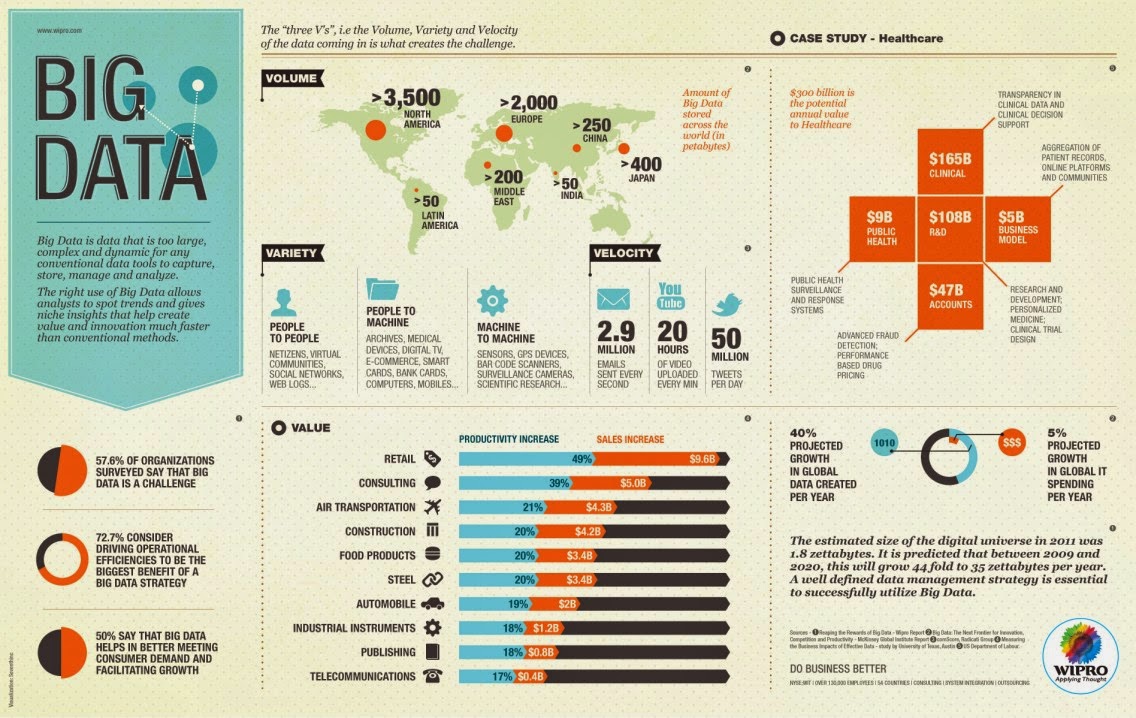By Angel Zhou, Branson School
Why do we age? It might seem like a silly question, but scientists have asked it in hopes that they might one day counteract the process.
Never before have so many people lived for so long. Life expectancy has nearly doubled over the last century, and today there are 36.8 million Americans age 65 and older. Longer life has obvious appeal, but it entails personal hardships and financial burdens. In addition to personal hardship, there is also a cost to society. The financial burden of treating the chronic diseases of aging is expected to rise steadily as Baby Boomers get older. Politics may come to be dominated by the old, who might vote themselves ever more generous benefits for which the young must pay. If longer life expectancy simply leads to more years in which pensioners are disabled and demand expensive services, health-care costs may balloon as never before, while other social needs go unmet.
Since 1999, scientists have studied ways to make organisms live much longer, and with better health than they naturally would. Previous research assumed that chronic diseases arise and should be treated individually. What if, instead, aging is the root cause of many chronic diseases, and aging can be slowed?
The Buck Institute for Research on Aging (http://www.buckinstitute.org) is the nation’s first independent research facility focused solely on understanding the connection between aging and chronic disease. At the Buck Institute, world-class scientists work in a uniquely collaborative environment to understand how normal aging contributes to the development of conditions specifically associated with getting older such as Alzheimer’s and Parkinson’s diseases and cancer. Their interdisciplinary approach brings scientists from disparate fields together to develop diagnostic tests and treatments to prevent or delay these maladies and to ultimately increase the healthy years of life.
The aging of our population — in past decades and in the foreseeable future — presents both a challenge and an opportunity for all of us as we seek to stay healthy throughout our longer lives. If medical interventions to slow aging result in added years of reasonable fitness, life might extend in a sanguine manner, with most men and women living longer in good vigor, and also working longer, keeping pension and health-care subsidies under control. Indeed, the most exciting work being done in longevity science concerns making the later years vibrant, as opposed to simply adding time at the end.
In his Marin Science Seminar, Dr. Lithgow (http://buckinstitute.org/lithgowLab) of the Buck Institute will discuss the mechanisms of aging by identifying agents that extend lifespan or prevent age-related disease and solutions to eventually eradicate the chronic diseases of late life.
Join us this Wednesday, February 25 for this week's Marin Science Seminar "Do We Have to Grow Old? The New Science of Aging " with Gordon Lithgow, Ph.D. of the Buck Institute in Room 207 at Terra Linda High School in San Rafael. For more information, visit Marin Science Seminar's Facebook page: https://www.facebook.com/events/870825009620005/.







